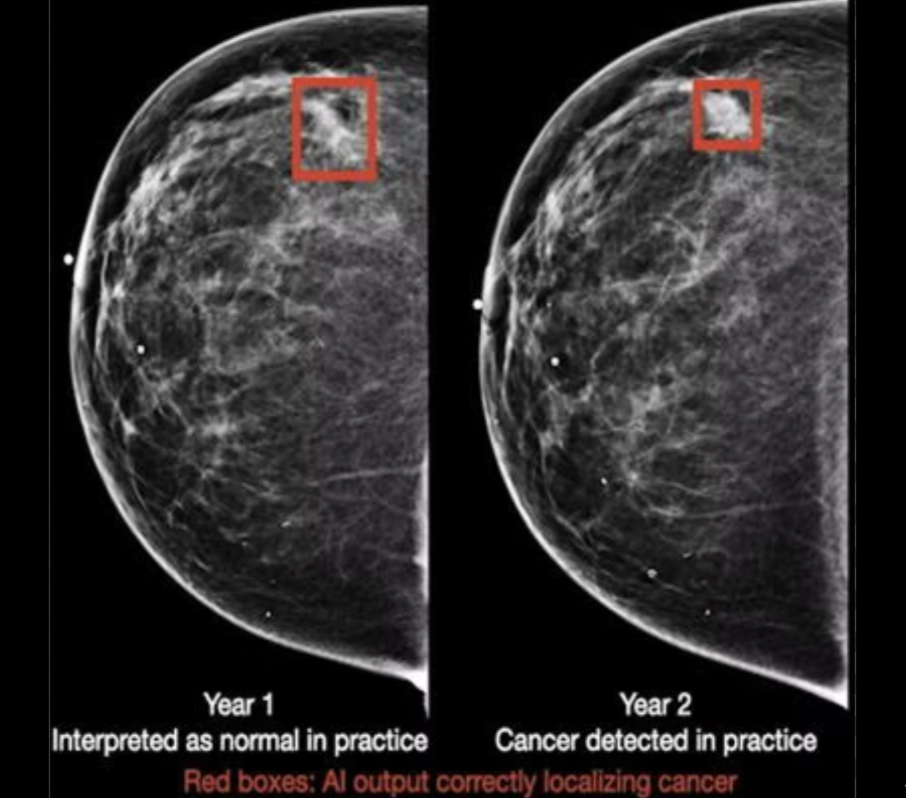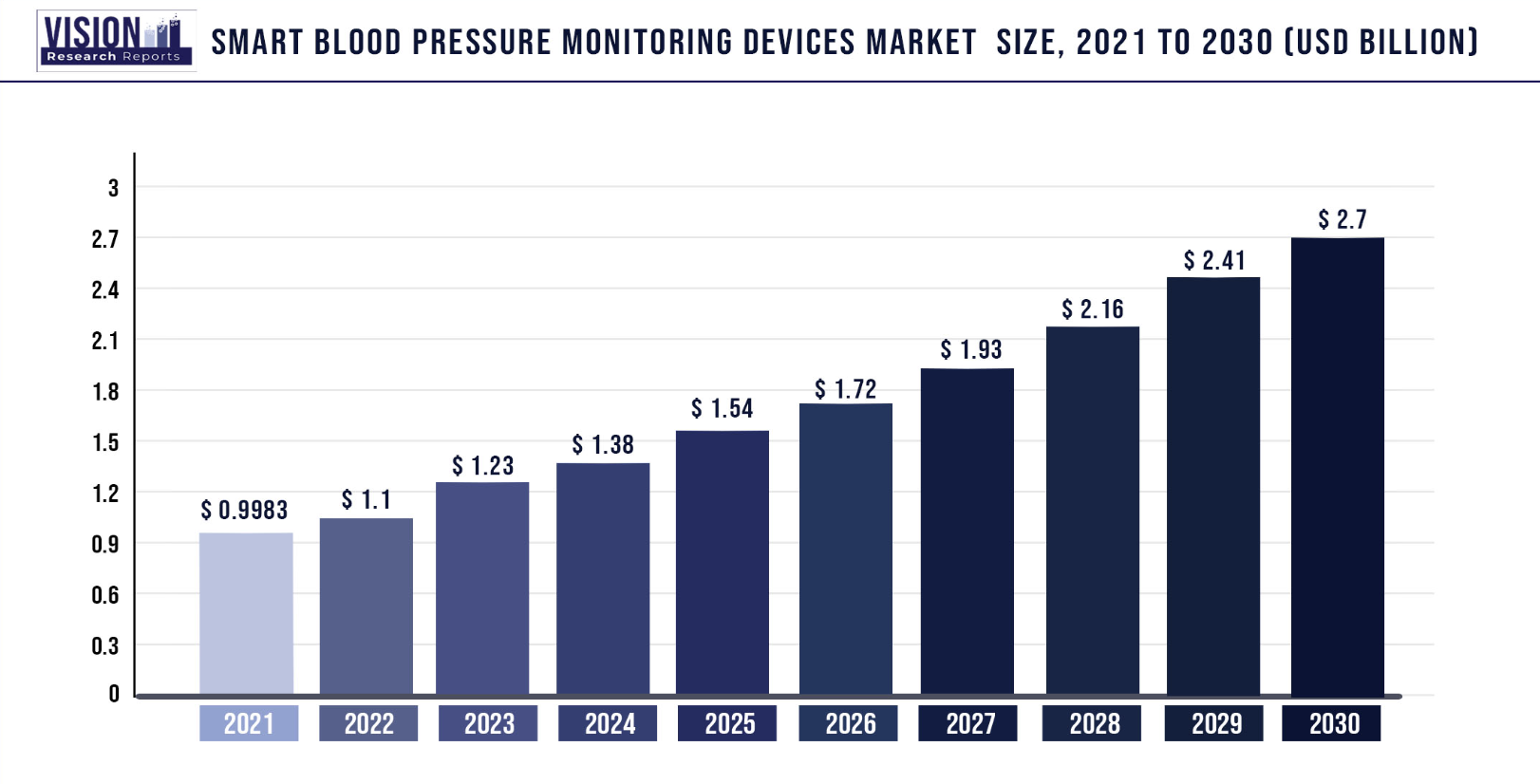Jan 31
Dotplot’s January Thoughts
We’re back with the first newsletter of 2025!
In this edition, we’re discussing advancements in breast health tech we’ve got our eyes on 👀
As genetic testing increases awareness of breast cancer risk across the world, the desire for robust and personalised health monitoring will continue to grow. Let’s take a look at the technology making that a reality.

What AI and Machine Learning Can Do for Breast Health
Yes, it’s everywhere — including your mammograms.
AI’s ability to cut workloads, enhance existing technology, and improve itself over time highlights why so many healthcare spaces have and will continue to adopt it going forward.
With the rise of 3D mammograms, radiologists must view a substantially larger volume of images. AI can assist this analysis with its potential to find cancers before they become visible to even the trained eye.
Additionally, AI models have been shown to accurately classify breast density. This is important given dense breasts — a known risk factor for breast cancer — also makes spotting tumours on mammograms more difficult.
After flagging a patient as ‘at-risk,’ AI might guide the physician through specific pathways to better manage these kinds of cases. This information equips healthcare providers to advocate more effectively for future testing or treatment so patients can receive care tailored to them.
 How the NHS is Embracing Technology for Breast Health Care
How the NHS is Embracing Technology for Breast Health Care
Their new ‘ping and book’ scheme is one example emphasising a more digital-friendly and streamlined approach.
On the clinical side, the NHS is also trialling a non-invasive diagnostic tool called a liquid biopsy in the care of patients who might have a certain mutation in their breast cancer cells. The blood test provides a method to track the cancer’s progression in order to change treatment plans, if needed, without repeated invasive procedures.
In the case of resistance to treatment, this test provides a quicker and more comfortable method to assess a patient’s unique situation, opening up another avenue for precision medicine.
 Clinical Tools Making Their Way into Homes
Clinical Tools Making Their Way into HomesOver time, we’ve seen equipment such as pulse oximeters, ECG/EKGs, glucose monitors, and blood pressure monitors evolve into products for at-home use. But one tool hasn’t quite followed that trend.
Ultrasound has yet to hit the non-clinical consumer market despite portable and handheld devices having existed for decades. Although ultrasound capabilities have increased across the board, concerns still linger about operator training and image interpretation.
However, AI integration and design innovations may mean ultrasound is ready for an at-home setting. In addition to image analysis and diagnosis, AI can reduce user error by guiding minimally trained operators through what someone who is trained might do via phone or computer.

Dotplot’s Commitment
As technology advances with such unprecedented speed, we’re focused on developing a product that pushes the limits of personal health monitoring in a way that is accessible and inclusive to breasts of all kinds.
That’s all for this month. See you in the next one 😉